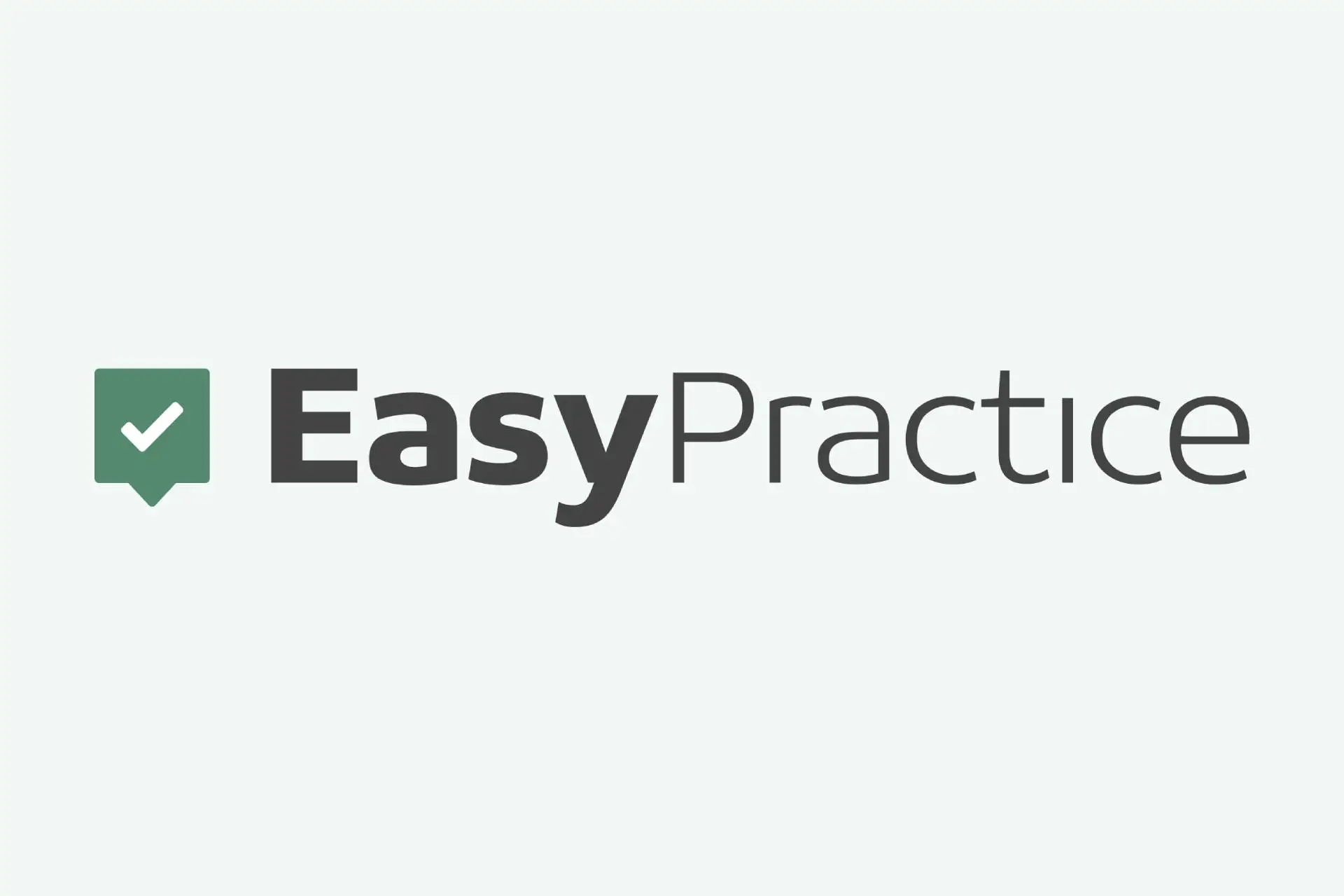In today´s digital age, having a strong online presence is crucial for the success of any therapy practice. One of the most effective ways to connect with potential clients and establish yourself as an expert in the field is by writing engaging and informative blog posts. A well-crafted blog can help you reach a wider audience, build credibility, and establish trust. In this blog post, we will explore some easy tips to help you write great blog posts for you therapy practice. By following these tips, you will be able to do therapy blogging well and keep the reader interested.

12 tips to optimize your therapy blogging
1. Understand you audience
Before you start the therapy blogging process, it’s important to understand your target audience. Consider the demographics, interests, and challenges of your potential clients. Tailor your content to address their specific needs and concerns. Use a conversational tone and avoid jargon to make your blog posts accessible and relatable.
2. Choose relevant topic
Choosing the right topics is essential for attracting readers to your blog. Think about common issues, questions, or misconceptions that your clients may have. Addressing these topics will not only provide valuable information but also demonstrate your expertise in the field. Stay updated with the latest trends and research in therapy to offer fresh and relevant content. Also, keep in mind that there should be a variety of posts so that the reader is not exported the same thing all the time.
3. Craft engaging headlines
A compelling headline is the first impression your blog post makes on readers. It should be concise, attention-grabbing, and clearly indicate the main topic. Use action verbs, numbers, or intriguing statements to pique curiosity and encourage readers to click through. Remember to keep your headlines accurate and reflective of the content to maintain credibility. Try to find a headline that relates to the needs and wants of your clientel. Ask yourself this:
- What information do you want to pass on to your readers?
- Who are you readers?
- What is their goal?
Remember that it is the headline that gives the reader a clue of the topic!
4. Create a clear structure
Organize your blog posts in a logical and easy-to-follow structure. Start with a captivating introduction that hooks the reader’s interest. Use subheadings to break down the content into digestible sections. Each section should focus on a specific point and flow smoothly into the next. Wrap up your post with a concise conclusion that summarizes the main takeaways. After finding a suitable headline, you should continue with a short, but strong introduction in order to keep the reader engaged. Remember to keep it short, so that the reader does not lose their engagement.
5. Provide Actionable Advice
Offering practical tips and advice in your blog posts is an excellent way to engage readers, and especially in therapy blogging. Share actionable steps or strategies that your audience can implement in their lives. This not only demonstrates your expertise but also adds value to your readers’ experience. Providing actionable advice positions you as a helpful resource and encourages readers to return for more insights. With therapy blogging you are able to build trust and confidence with your readers, and hopefully, they will come back for more.
6. Use visuals and multimedia
Enhance the visual appeal of your blog posts by incorporating images, videos, infographics, or relevant charts. Visual elements not only break up the text but also make the content more engaging and memorable. Choose visuals that are relevant to the topic and ensure they are of high quality. Additionally, optimize the file sizes to ensure faster page loading times. When doing therapy blogging, it’s a great tips is to use photos or videos of real people telling their stories. Readers tend to relate better to real-life stories. So by adding interviews or Q&As, the readers will be more likely to get a wider picture of what you are telling them.

7. Incorporate SEO Best Practices
Search Engine Optimization (SEO) plays a vital role in improving the visibility of your blog posts. Research and include relevant keywords throughout your content. Use them naturally in headings, subheadings, and the body of the text. However, avoid overstuffing keywords, as it may negatively impact the readability and user experience. Meta descriptions and alt tags for images are additional areas where you can optimize your content.
8. Write with authenticity
When you are therapy blogging, this is your opportunity to showcase your personality and establish a connection with your readers. Write in a genuine and authentic voice that reflects who you are as a therapist. Share personal anecdotes, insights, and experiences whenever relevant. Authenticity builds trust and fosters a deeper connection with your audience.
9. Edit and proofread
Before hitting the publish button, ensure that your blog posts are error-free and well-polished. Proofread for grammar, spelling, and punctuation mistakes. Pay attention to the overall flow, clarity, and coherence of the content. Consider asking a colleague or a trusted friend to review your post for feedback and suggestions of improvement. Taking the time to edit and proofread your blog posts will ensure that they are professional, cohesive, and easy to read, enhancing the overall quality of your content.
As a therapist or professional, you are used to different terms and expressions. However, when you are therapy blogging, try to use words that everyone will understand. Long and complex words will make it very difficult for a regular reader to understand. Keep it readable!
10. Encourage interaction and engagement
A successful blog post goes beyond just providing information. Encourage readers to engage with your content by including calls-to-action (CTAs) at the end of your posts. Ask questions, invite comments, or prompt readers to share their experiences or opinions related to the topic. Respond promptly to comments and foster meaningful conversations with your audience. Engaging with readers strengthens your online community and encourages repeat visits. As we mention above, an introduction is important, but a motivational and uplifting ending is just as important.
11. Promote your blog posts
Writing great therapy posts is only half the battle. To maximize their reach, actively promote your blog posts through various channels. Share your content on social media platforms, professional networks, and relevant online communities. Consider collaborating with other therapists or influencers to cross-promote each other’s content. Additionally, optimize your blog posts for sharing by including social sharing buttons on your website.
12. Analyze and optimize
Regularly analyze the performance of your blog posts to understand what resonates with your audience. Utilize website analytics tools to track metrics such as page views, bounce rates, and engagement. Identify which topics or types of content generate the most interest and tailor your future posts accordingly. Continuously optimize your blog strategy based on data-driven insights to improve your content’s effectiveness and reach.

Conclusion on therapy blogging
Writing great blog posts for your therapy practice can be a powerful tool for attracting and engaging potential clients. By understanding your audience, choosing relevant topics, and implementing these easy tips, you can create valuable and impactful content. Remember to stay authentic, provide actionable advice, and actively promote your blog posts to maximize their reach. With consistent effort and a commitment to quality, your therapy practice can benefit from the positive impact of well-crafted blog posts. Start implementing these tips today and watch your online presence grow, enabling you to connect with a wider audience and establish yourself as a trusted authority in your field.
If you’d like to read more from EasyPractice, you can check out our blog here. Have you not checked out EasyPractice, you can check out our platform here. If you have any feedback or questions, feel free to reach out to us at [email protected] – we look forward to talk to you!

 alt EasyPractice logo
alt EasyPractice logo alt tab and computer
alt tab and computer alt Online scheduling
alt Online scheduling